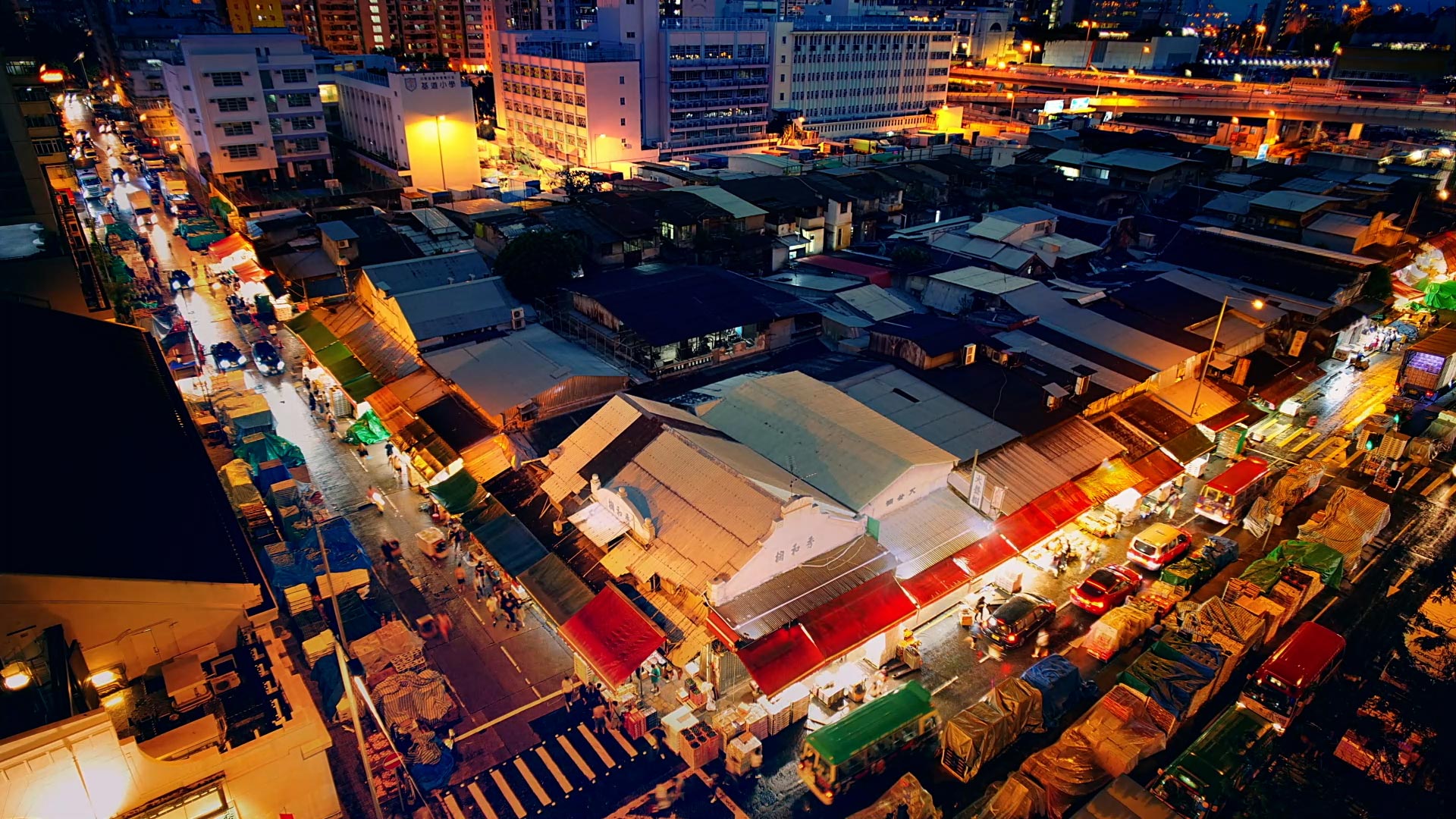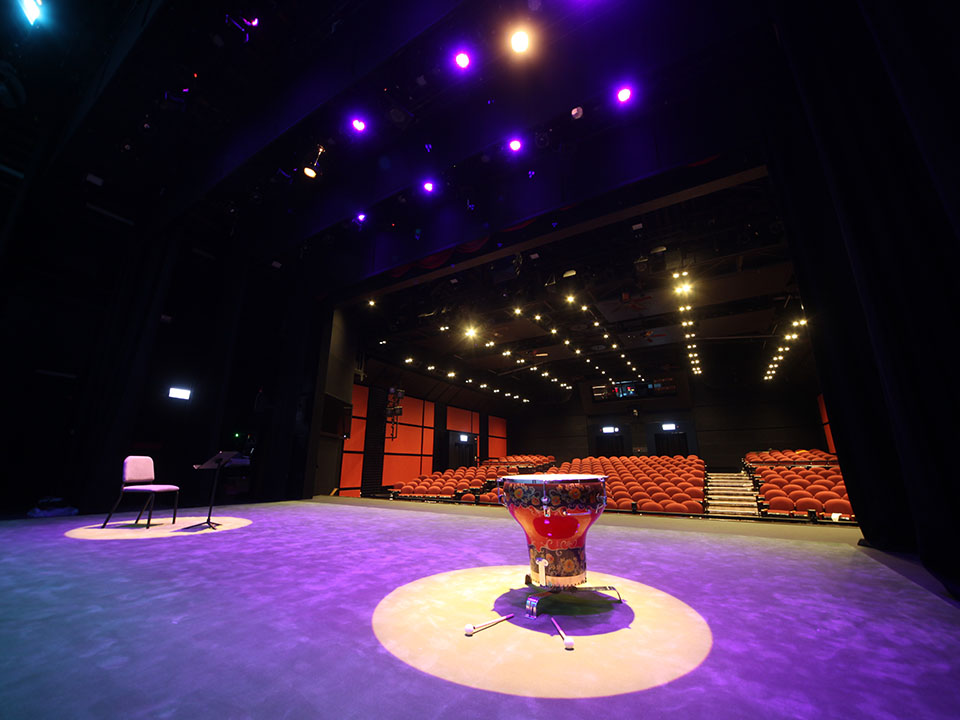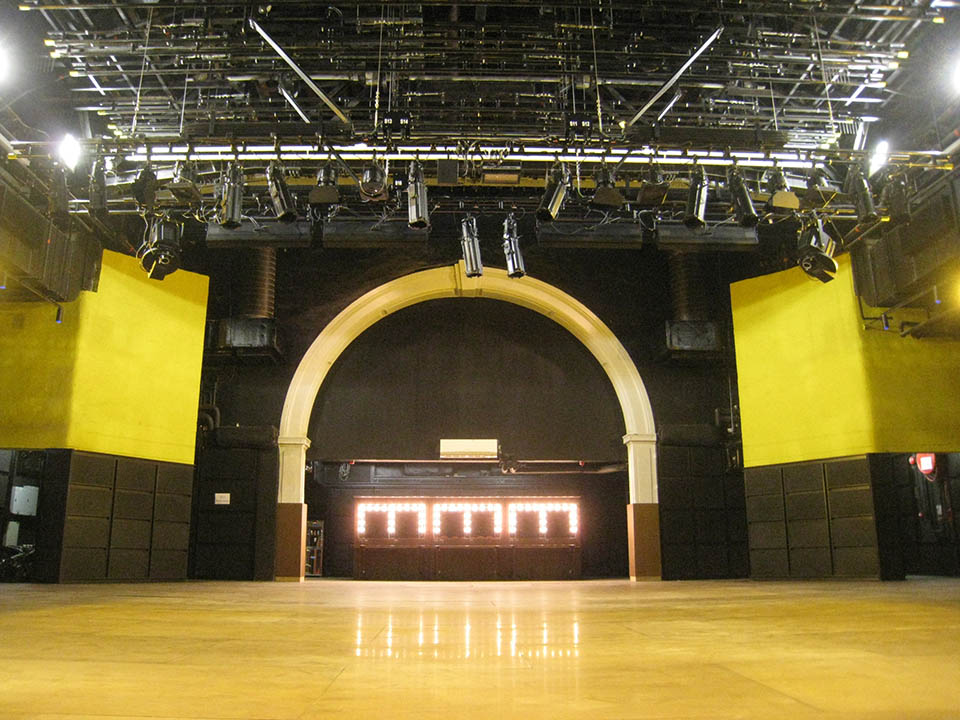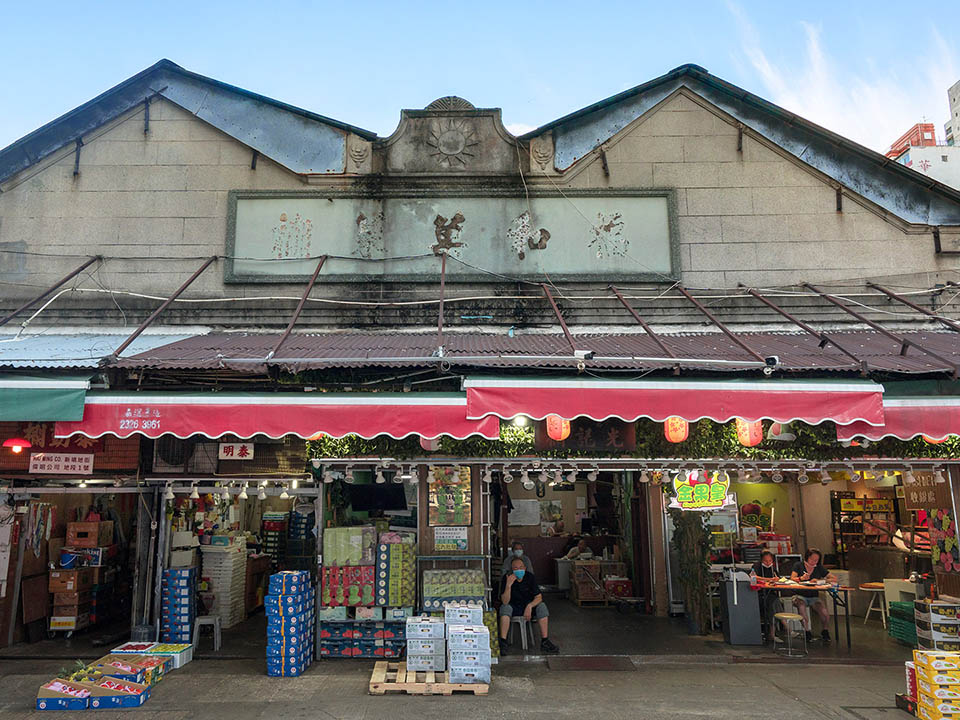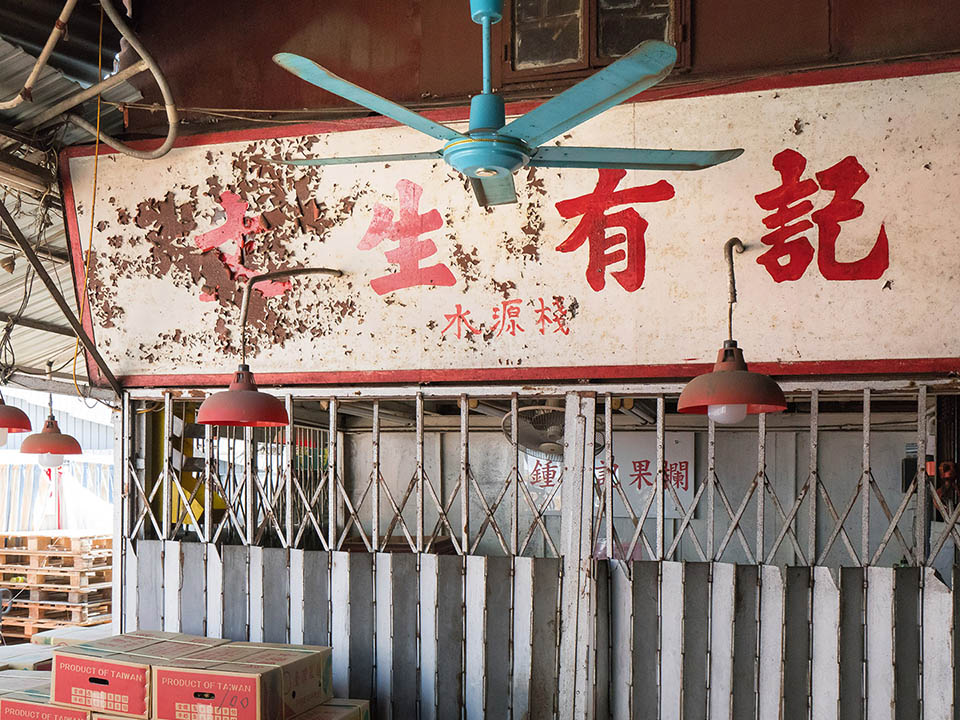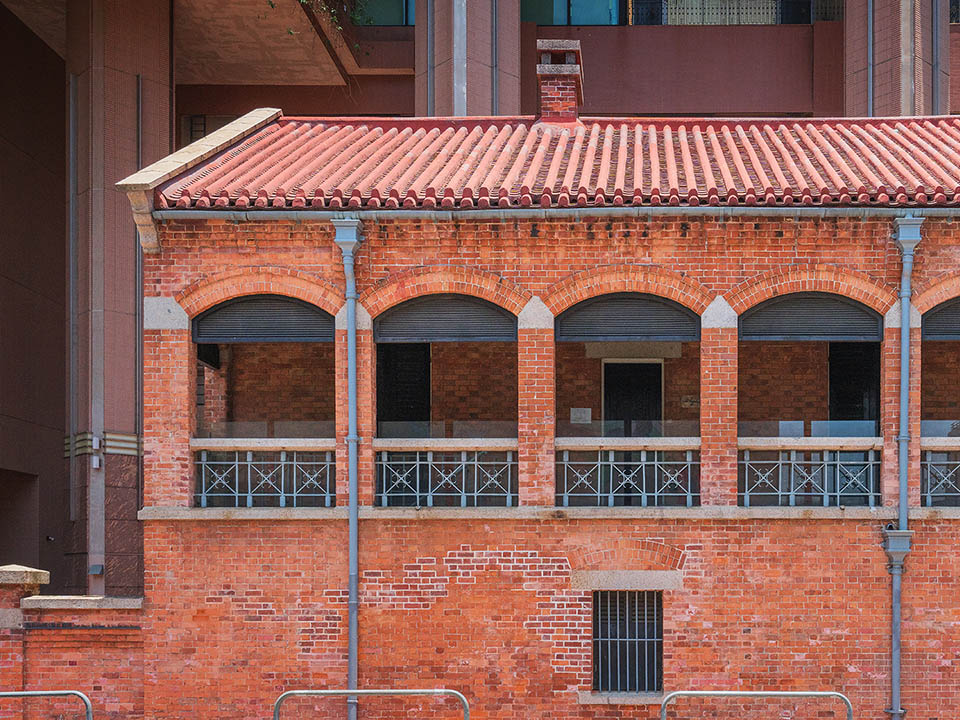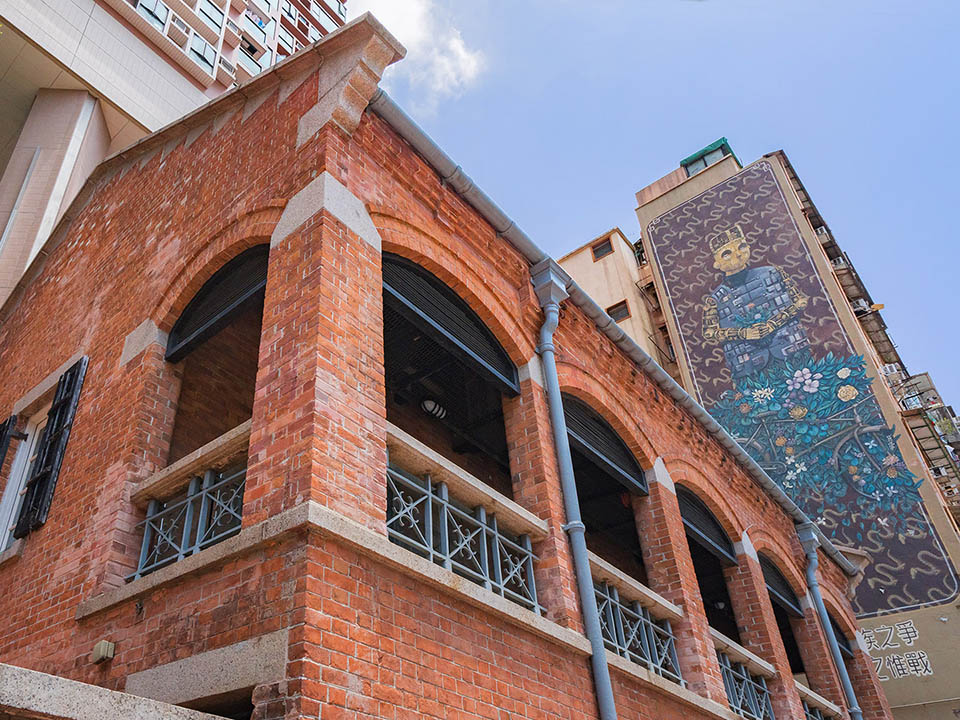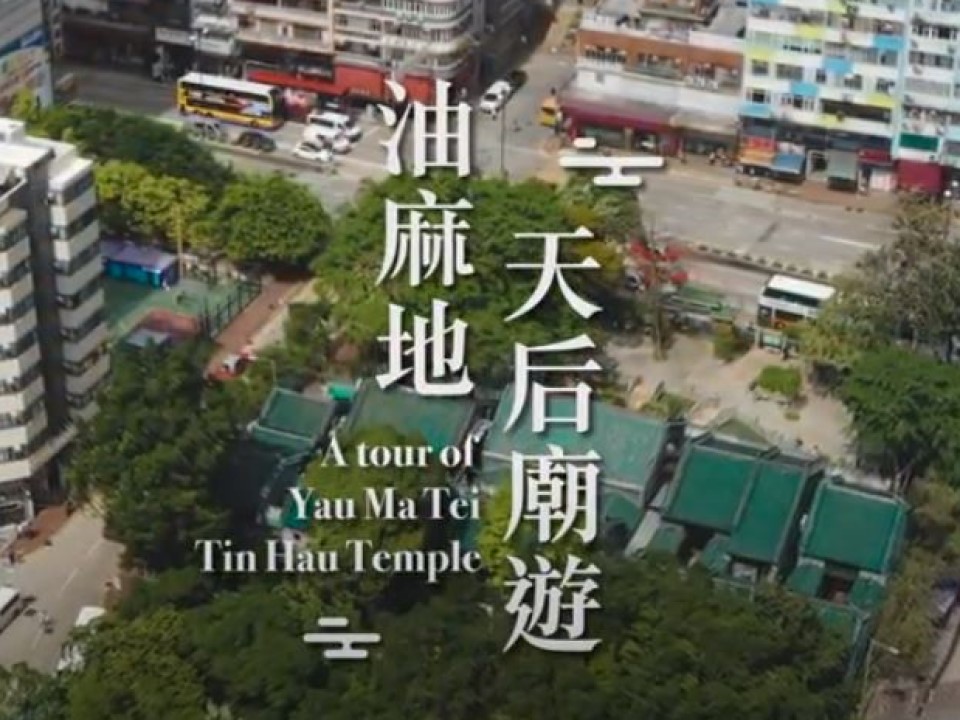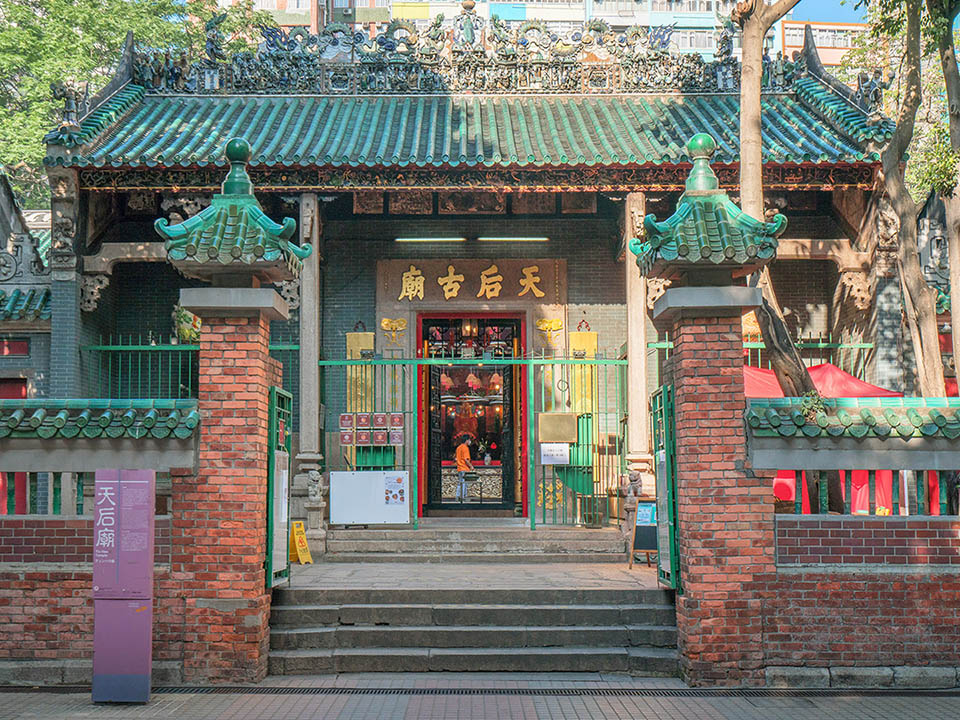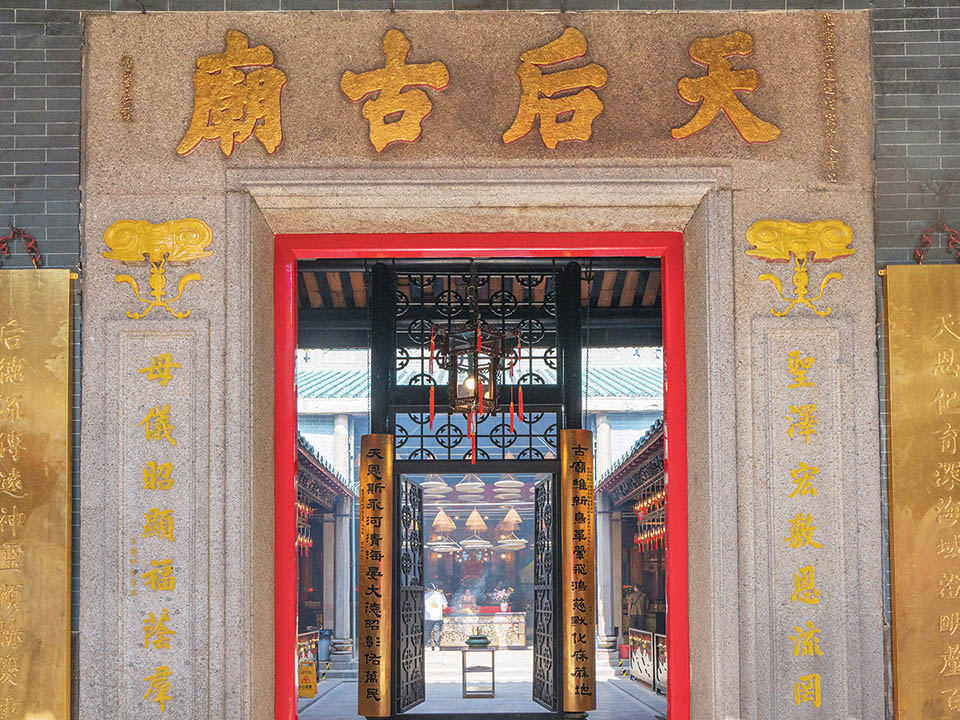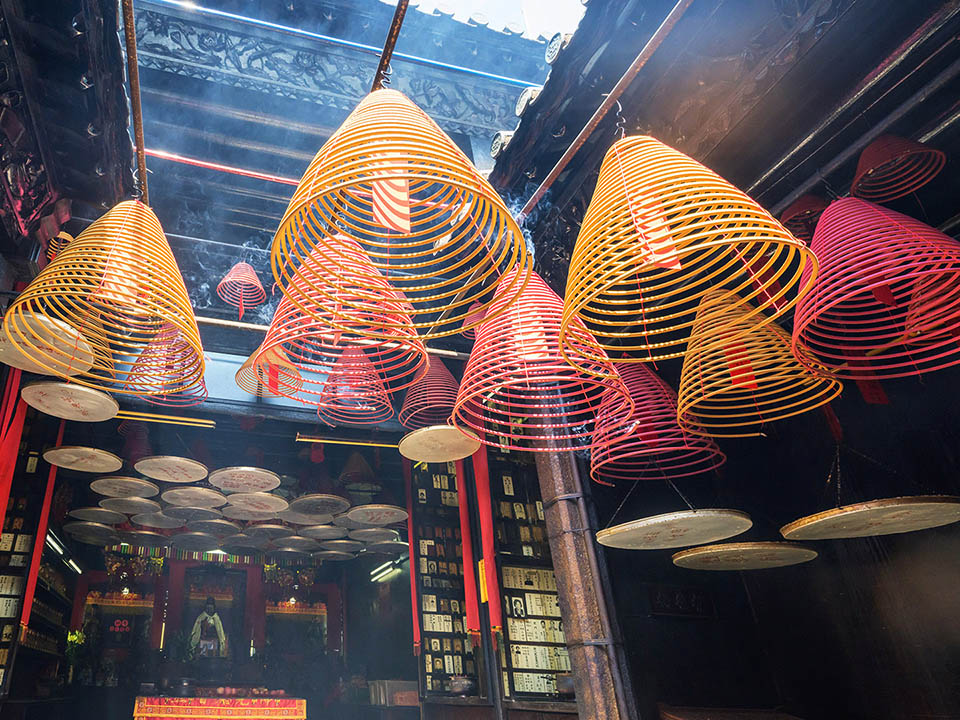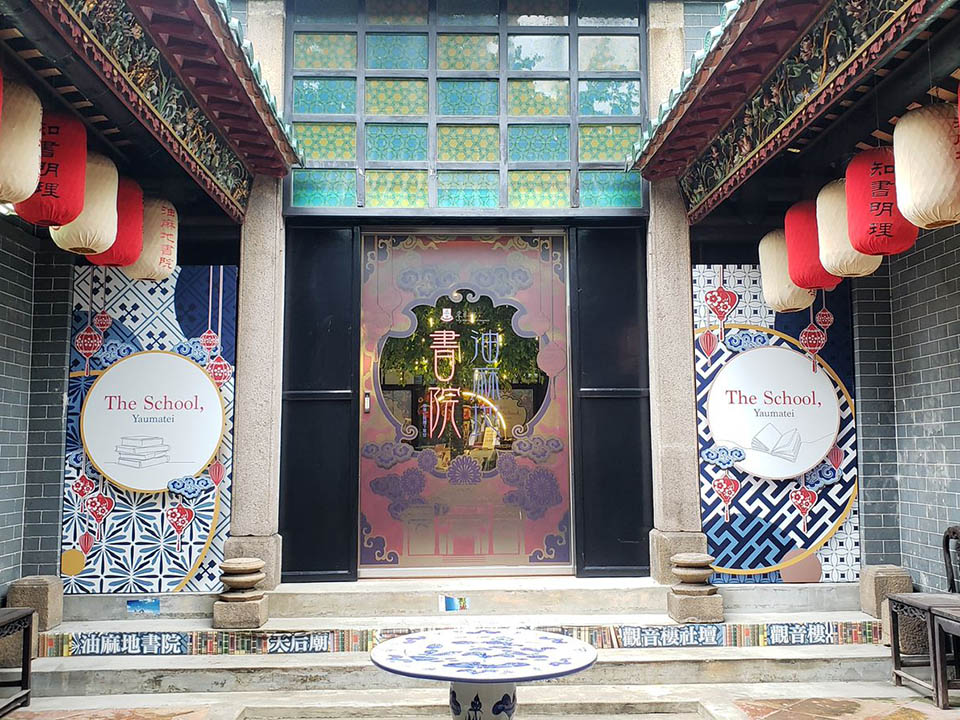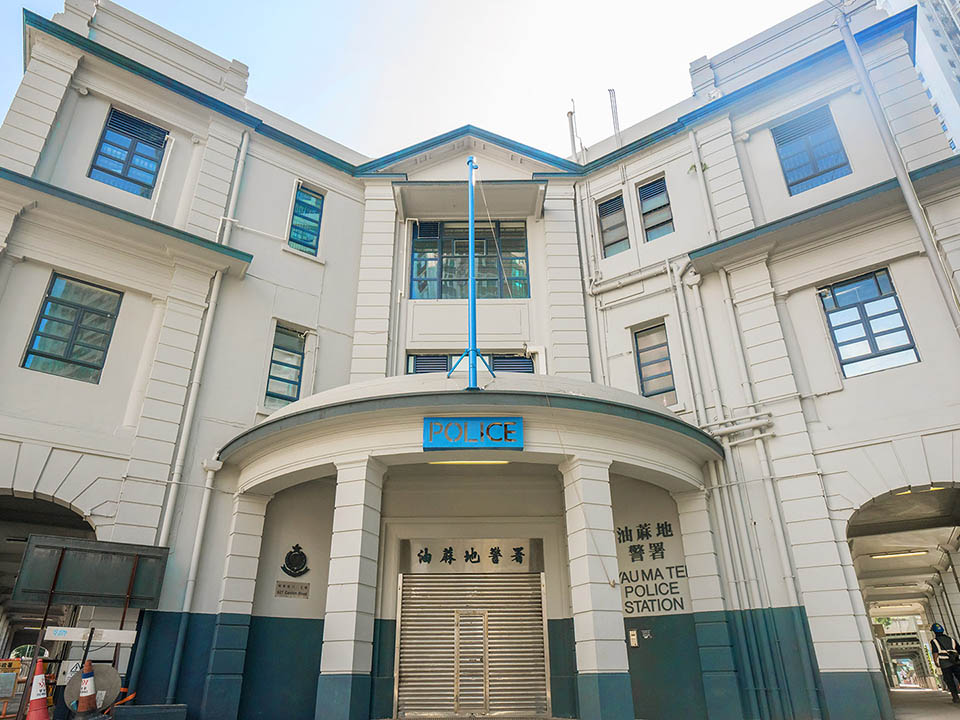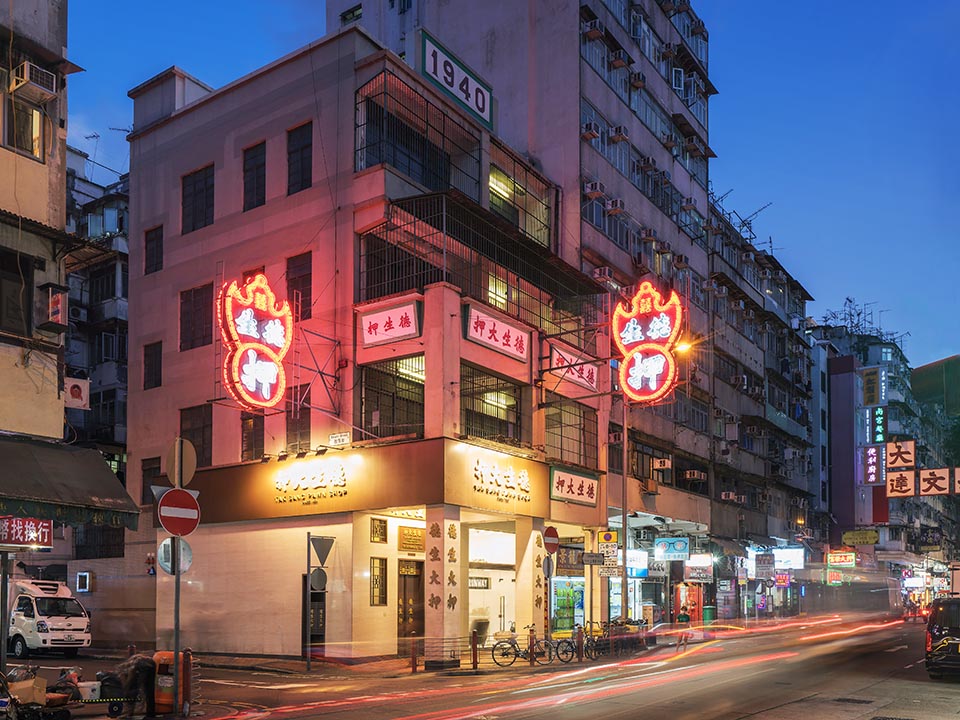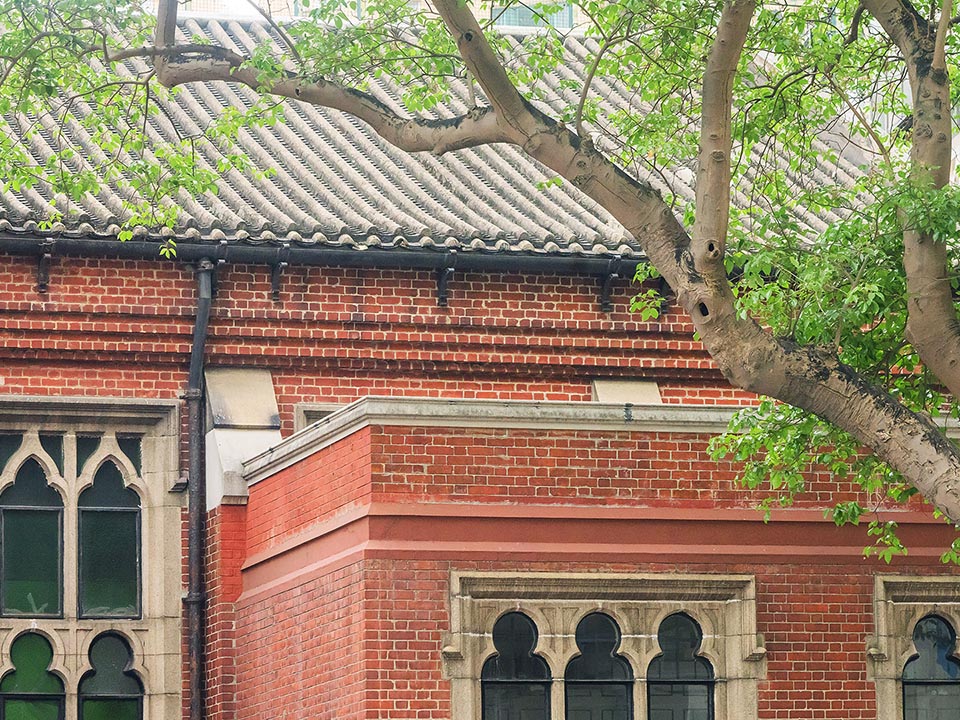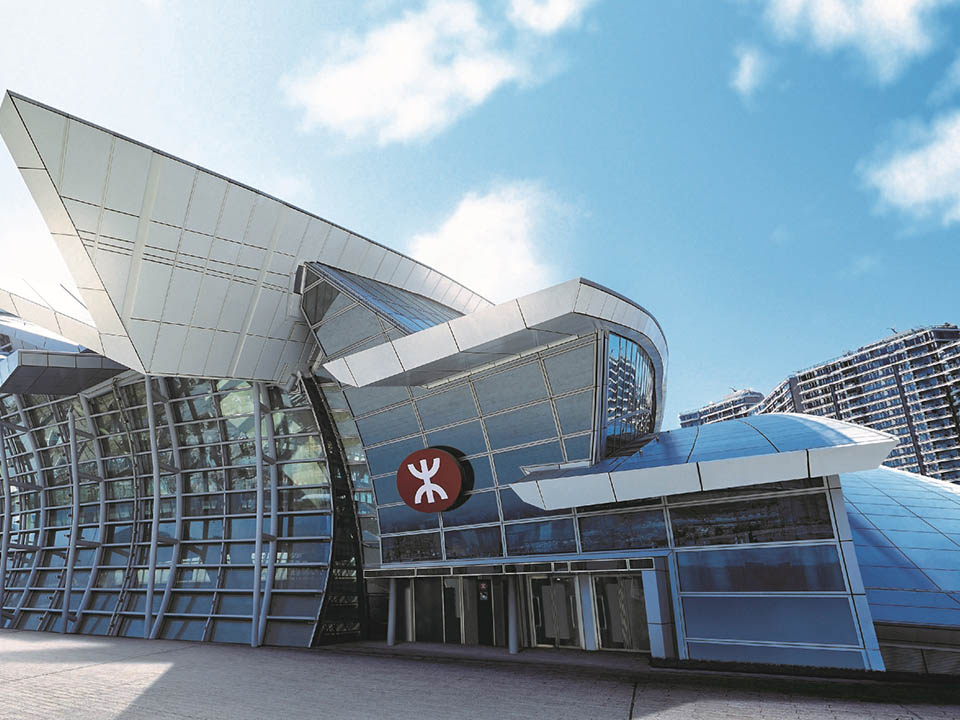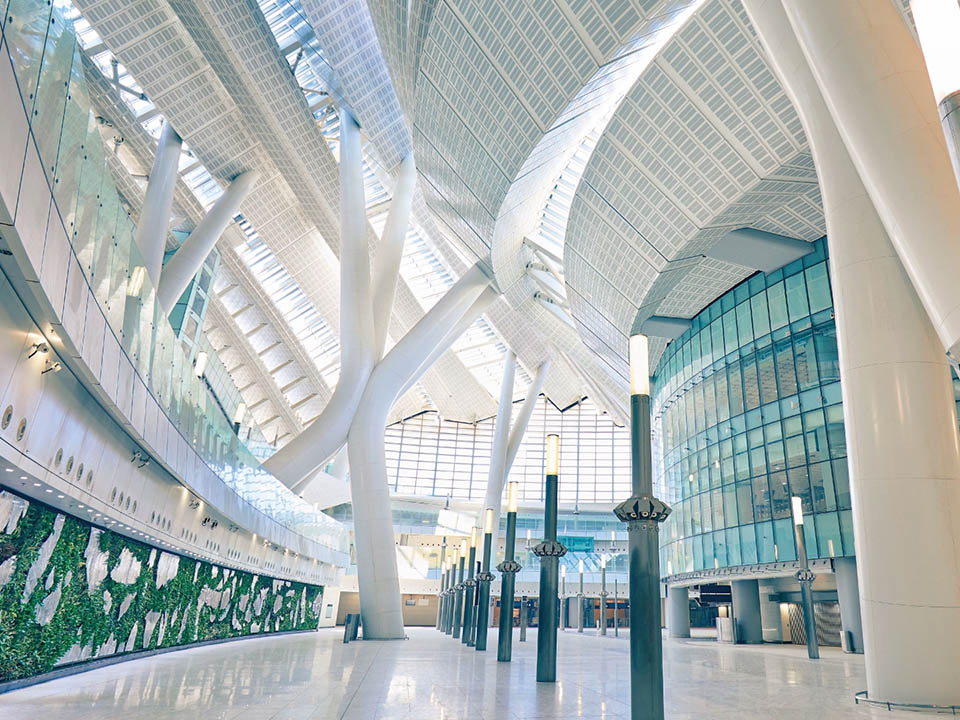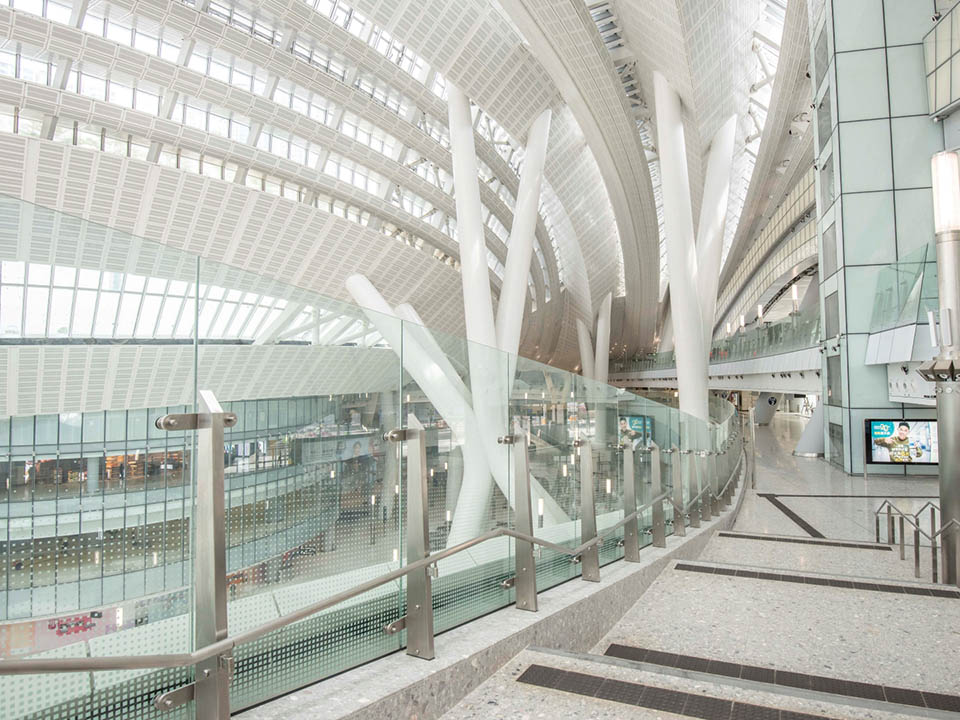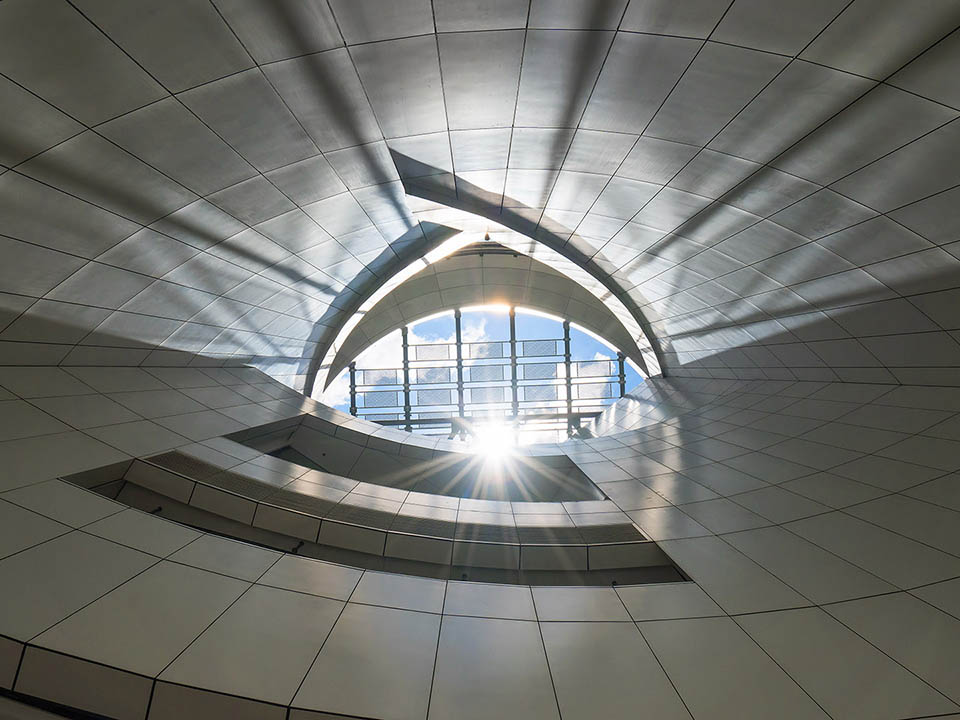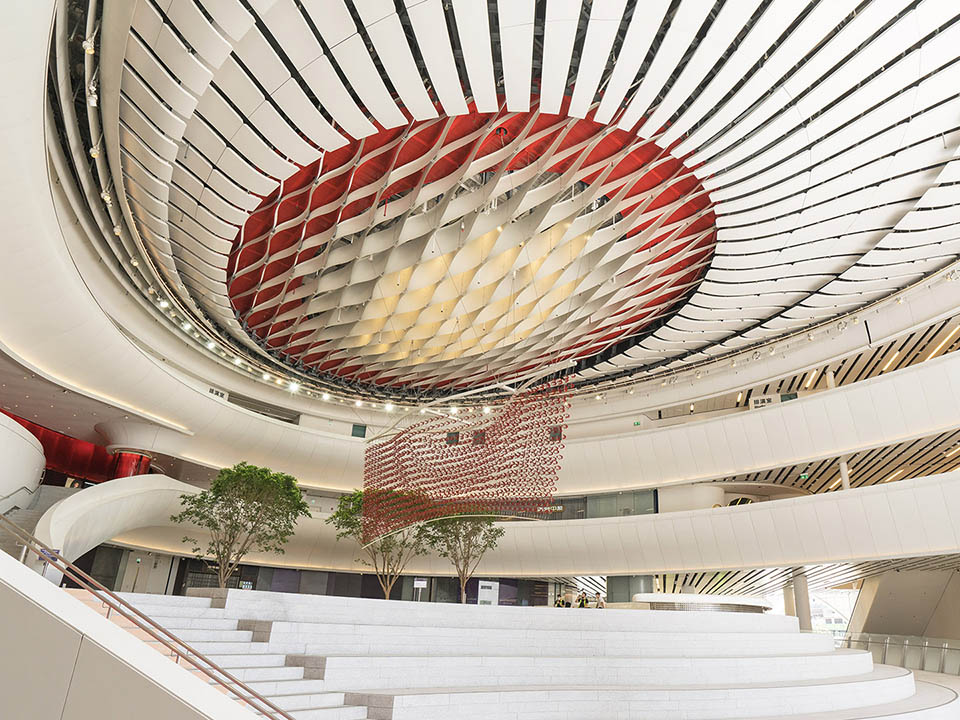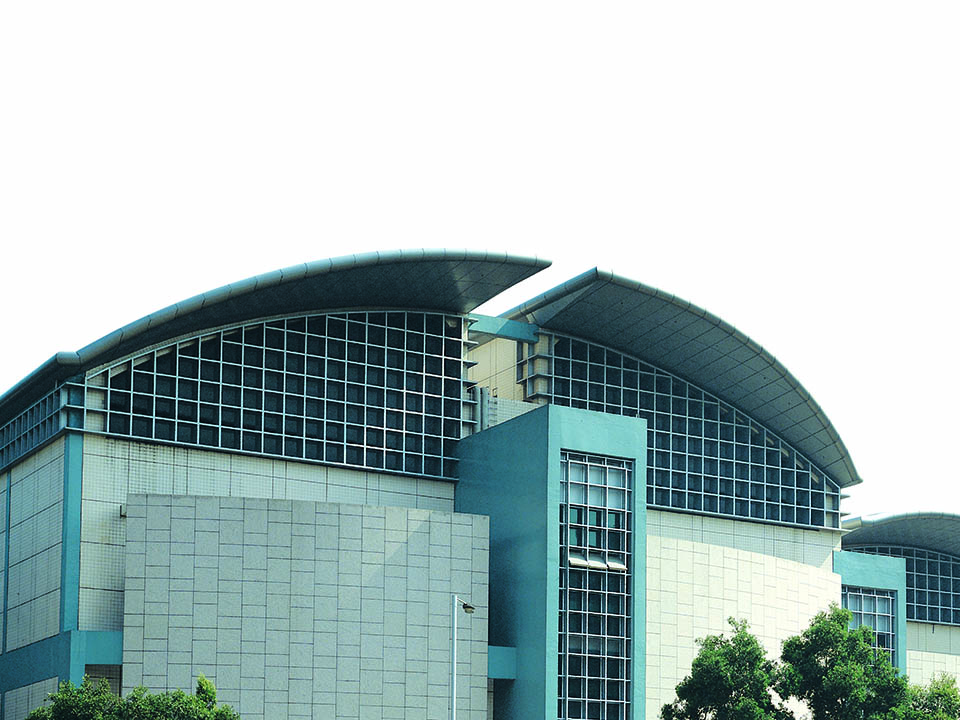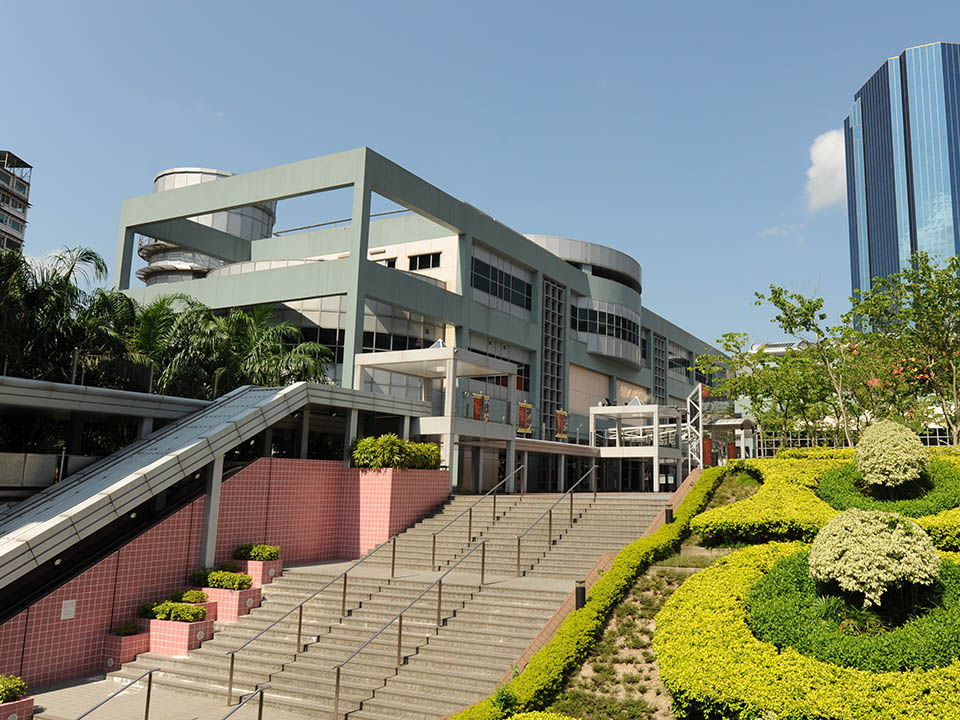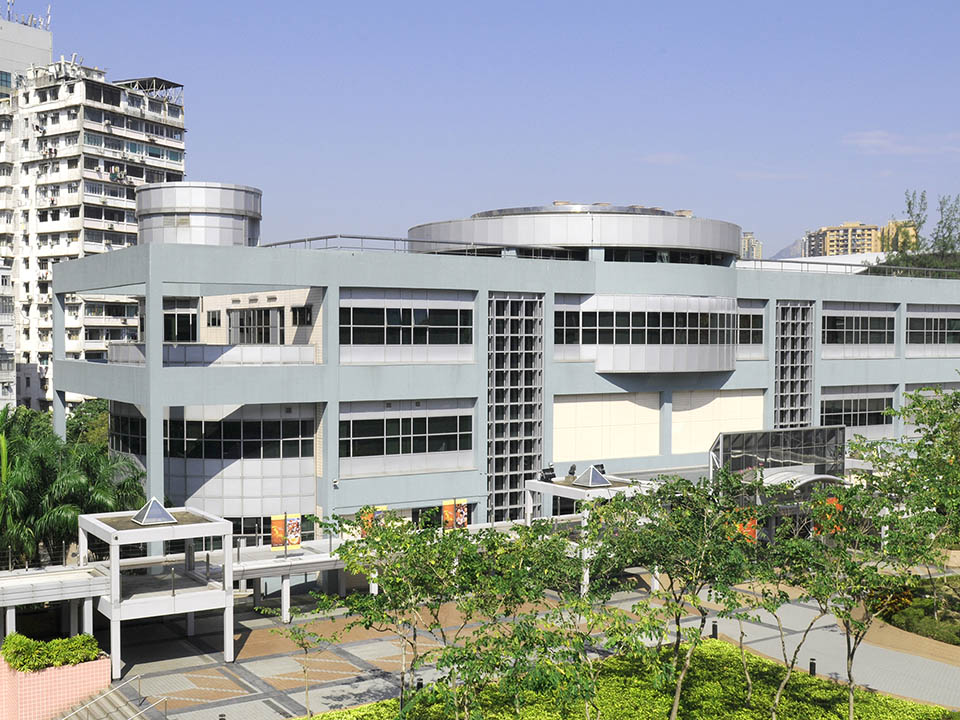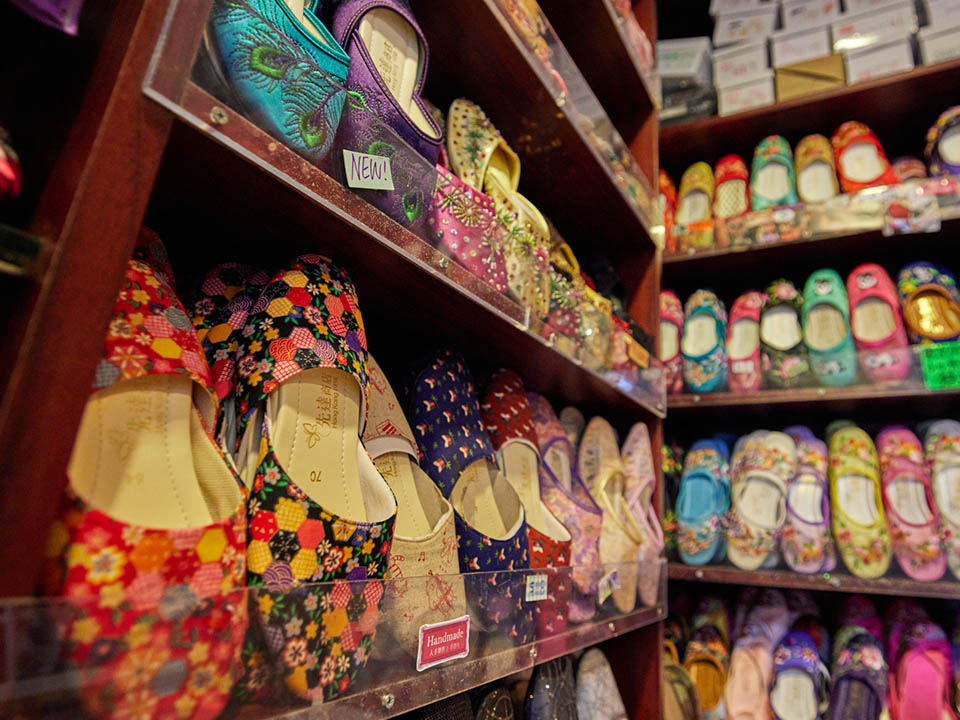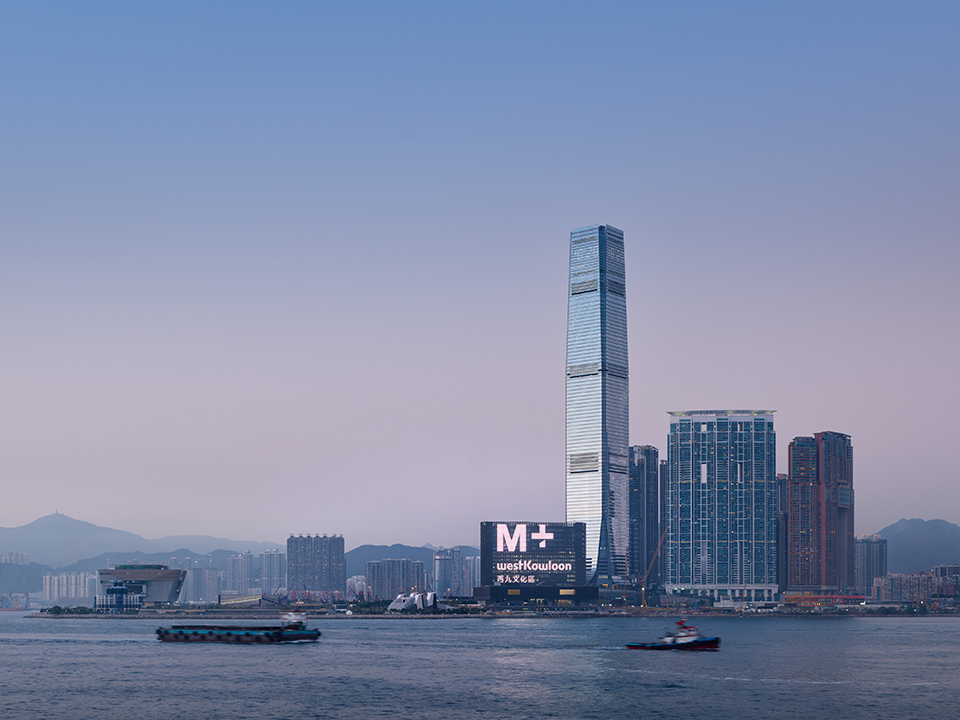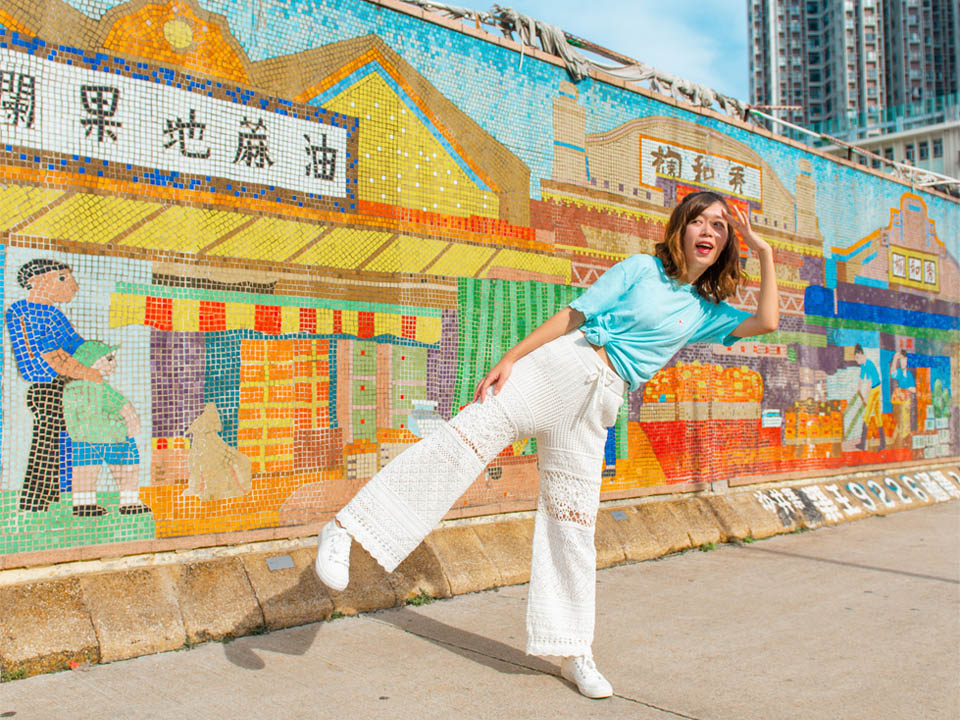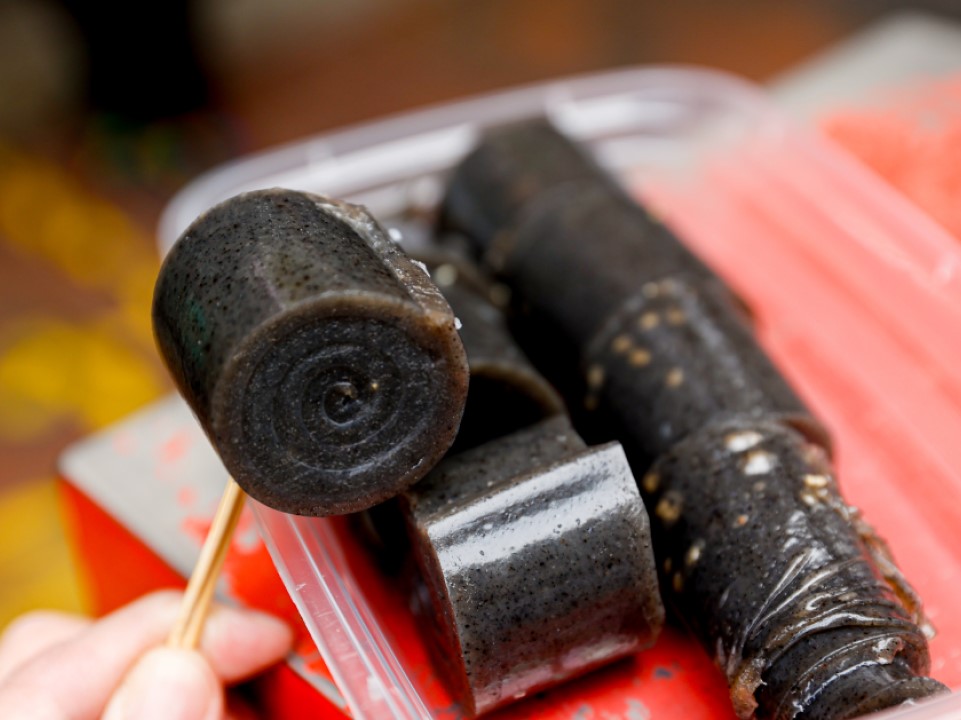The Immersive Light Show in Central will be suspended on 31 December, while the Christmas Town will close at 4pm on that day to prepare for the Hong Kong New Year Countdown activities.
The “Hong Kong New Year Countdown” will showcase a spectacular music and light show at Central’s landmarks. Locals and visitors can also join the celebration across multiple platforms, with new Countdown Live Zones and online broadcasts to share well wishes for the New Year. Click here for details.
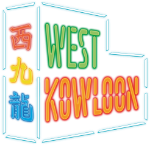
Where modern architecture meets history
Start this walking tour at Yau Ma Tei Theatre on the crossroads of Waterloo Road and Reclamation Street. Built around 1930, this structure is the only surviving pre-World War II theatre in Kowloon. It aims to provide entertainment services for people from the Yau Ma Tei Fruit Market and Temple Street area. Standing low amongst its loftier neighbours, the theatre was designed with a mixture of Classicism and Art Deco style characteristics, with a front entrance flanked by two pillars etched with laughing and crying faces, a proscenium arch, a Chinese-style pitched roof, an Art Deco facade, and a classical pediment.
After the revitalisation in 2012, it now enjoys a new lease of life as a theatre promoting Chinese opera, especially the Cantonese opera, staging regular performances of traditional Cantonese opera for visitors to glimpse this rich cultural heritage art form.
 The Yau Ma Tei Theatre will be closed from September 2022 onwards in connection with the Phase 2 construction of Yau Ma Tei Theatre. For details, please visit their website.
The Yau Ma Tei Theatre will be closed from September 2022 onwards in connection with the Phase 2 construction of Yau Ma Tei Theatre. For details, please visit their website.

Just across the road from the Yau Ma Tei Theatre lies the sprawling and frenetic Yau Ma Tei Fruit Market, better known to Hongkongers as Gwo Laan (果欄; fruit wholesaler). It may look just like any other roadside market, but Gwo Laan has been historically significant as an integral part of local living since it was first built in 1913, supplying fresh produce to the neighbourhood. Following the opening of other markets in the 1960s, Gwo Laan has narrowed its focus to just fruits.
Consisting of rows of one- and two-storey brick and stone buildings built in an Art Deco style, Gwo Laan also boasts architectural features that remain in the typical construction style of the 1950s and 1960s, now rarely seen elsewhere. See if you can spot the name plaques decorating the shophouses, bearing the monikers of different businesses that are often as old as the buildings themselves.

Next, head down Shek Lung Street to reach the Red Brick Building, which housed the Overseers’ Quarters and service facilities of the Former Pumping Station. More commonly known as the Red Brick Building, it is architecturally distinctive in its red brick exterior, striking a bold contrast against its modern, sky-scraping neighbours. In fact, this is the only structure that remains of the former pumping station built in 1895 — one of the oldest in Hong Kong!
After the station ceased operations in 1911, its various buildings were demolished, with the exception of the still-standing Red Brick Building, which was granted a Grade I historic building classification in 2000. The building continued serving the community by converting to different purposes. It was eventually transformed into an office for the Yau Ma Tei Theatre just across the way. Apart from its recognisable red brick facade, look out also for its pleasing architectural elements, such as cast-iron hopper heads, arched verandahs, and cast-iron rainwater pipes.

In the middle of the kitchenware shops that line Shanghai Street lies an unexpected patch of calm in the Tin Hau Temple, the largest temple complex dedicated to Tin Hau in Kowloon. Erected around 1865, this was originally a small temple in the area now known as Pak Hoi Street, and was relocated to its current spot by the boat people and villagers who lived in Yau Ma Tei.
As Hong Kong was originally a fishing community, many Tin Hau temples were erected along the waterfront for seafarers to pray for safety on voyages. This particular one marks where the old Yau Ma Tei shoreline used to be before land reclamation shifted it almost three kilometres inland.
Comprising of five adjacent buildings, the temple compounds served as a place of worship as well as a free school up until 1955. Its architectural style is that of the Qing dynasty (1644–1911), featuring an entrance porch with drum platforms, two halls with three bays, and a courtyard between the halls. In July 2020, the school was renovated and revitalised into a self-service bookstore.
Enter through the doorway on Public Square Street and spot the historic Shiwan ceramic figurines and the Nine-Dragon Wall. Covered in decorative reliefs of Chinese dragons, it’s typically found in imperial Chinese palaces and gardens. On the 23rd day of the third month of the Lunar calendar (usually May in the Gregorian calendar), the Tin Hau Temple hosts the Tin Hau Festival, paying tribute to one of Hong Kong’s most popular deities.

A little further down the street lies the Old Yau Ma Tei Police Station, built in 1922 with Edwardian architecture in mind. Its main entrance is a semi-circular portico set in an indented corner of the building — such indented corners are often designed this way to promote good feng shui. Constructed in Edwardian Freestyle, an extension wing was added on to the west side of the Neoclassical Main Block to serve as barracks after World War II.
Fans of Jackie Chan may also recognise the building from when it was featured in Rush Hour 2! The station itself has been closed since mid-2016, with policing duties carried out from a newer station on Yau Cheung Road instead. Of the whole compound, only a small reporting centre remains open to the public.

Few buildings left in Hong Kong still have a covered terrace on the ground floor in the style of old shophouses, but the building which stands on 176–178 Shanghai Street is one of them. Known locally as tong lau (唐樓) — literally meaning ‘Chinese building’ — they were mainly occupied by Chinese merchants back in the day.
A large sign on top of the building bears the numerals ‘1940’, its year of construction, though the four-storey tenement building has since been refurbished. It currently houses a traditional pawn shop, which in itself is a bit of a sunset industry. Both sides of the building feature a neon sign in the traditional figure of pawn shops: a stylised, upside-down bat clutching a coin. The characters for the bat’s Chinese name (蝠) and good fortune (福), and ‘to turn around’ (倒) and ‘to arrive’ (到) are homophones, auspiciously alluding to the arrival of good fortune.

Built in 1930 by the London Missionary Society, the Kowloon Union Church is one of the earliest inter-denominational churches in Hong Kong. As with other architectural sights in the city, this building boasts a mix of East and West in its design. The red brick and granite structure was fashioned in a Gothic style, but also contains Asian elements, such as a Chinese tiled pitched roof. Its stained-glass windows above the central altar were inspired by the shape of the bagua eight trigrams prevalent in Taoism. The double hammer-beam timber roof trusses are a rare feature as well. A proud mix of Chinese and Western, its unique appearance is a reflection of Hong Kong itself.

Spectacular art and architecture can be found in the unlikeliest places, and the Hong Kong West Kowloon Station is one such destination. Featuring a colossal structure with a streamlined silhouette, the station was constructed using 8,000 tonnes of steel and over 4,000 pieces of glazing panels to enhance natural lighting. The harmonious and curved lines on the rooftop Sky Corridor and Sightseeing Deck echo the ocean waves lapping at the harbour.
That’s not where all the art ends — inside the station, you can discover large-scale artworks galore from acclaimed Asian talents, ranging from a natural flora installation by contemporary Chinese artist Qiu Zhijie to a neon-soaked visual ode to the streets of Hong Kong by graphic designer Javin Mo.

Completed in 2019, Xiqu Centre is a space dedicated to preserving and promoting the art of Chinese opera.
Though unmistakeably contemporary, the Xiqu Centre also blends in the traditional to reflect the evolving nature of art. The best way to appreciate this landmark is with a visit to the Tea House Theatre Experience, a narrated programme which hosts a new selection of Cantonese opera excerpts and songs with Chinese and English surtitles for ease of understanding. You can also join a Xiqu Centre Guided Tour to learn about its architectural and design features, and discover fascinating stories behind the traditional art form. Time your visit with one of the Xiqu Centre’s various events and seasonal festivities for the full experience!









